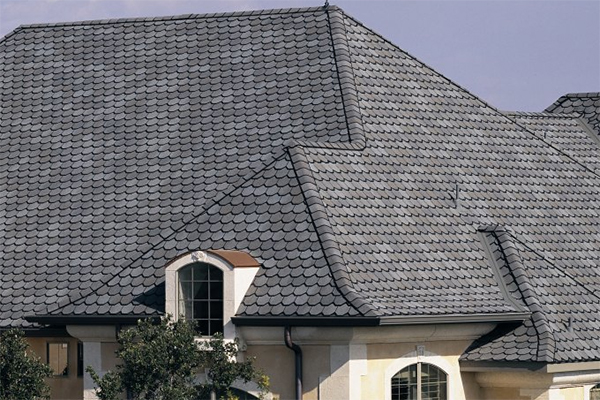Canada’s diverse and often extreme weather conditions present unique challenges for selecting durable and reliable roofing materials. From harsh winters with heavy snowfall and freezing temperatures to hot, humid summers, Canadian homes require roofing materials that can withstand a wide range of climate conditions while offering longevity, energy efficiency, and aesthetic appeal. This paper explores the best roofing materials suited for Canadian weather, examining their advantages, durability, and suitability for specific regions and climates.
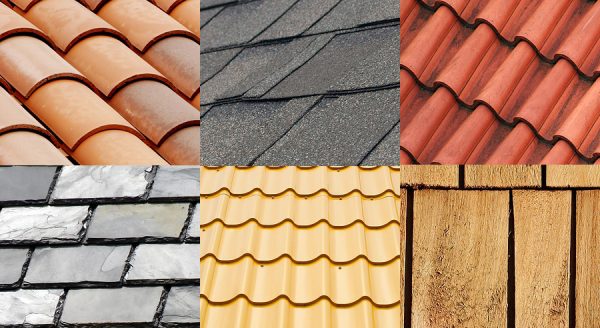
Key Considerations for Roofing in Canada
When choosing roofing materials for Canadian homes, several key factors must be considered:
- Snow Load and Weight: Roofing materials need to withstand the significant weight of accumulated snow in winter, especially in northern regions.
- Wind Resistance: Many areas in Canada experience strong winds, particularly in coastal regions and prairie provinces.
- Temperature Fluctuations: Roofing materials must tolerate both extreme cold and heat, with minimal expansion and contraction to avoid cracking.
- Ice Dams: In colder regions, ice dams can form on roofs, potentially causing leaks and damage. Proper roofing materials and insulation can help prevent this issue.
- Energy Efficiency: Insulating and reflective roofing materials can reduce heating and cooling costs by maintaining better temperature regulation in the home.
- Durability and Maintenance: Given the challenging climate, it is crucial to select materials that are long-lasting and require minimal maintenance over time.
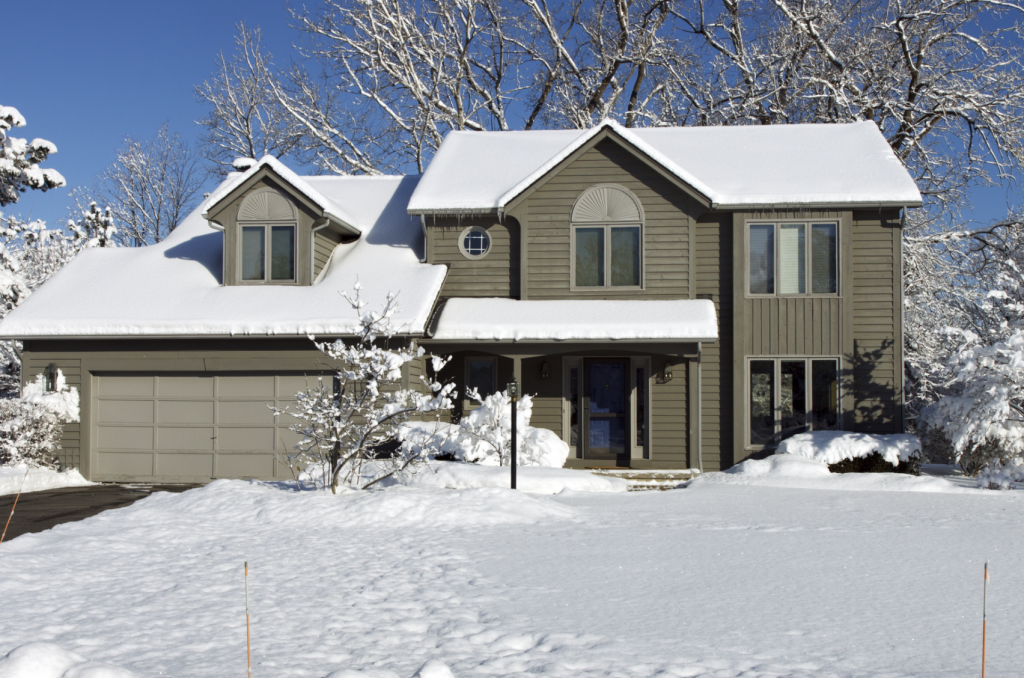
Best Roofing Materials for Canadian Weather
1. Asphalt Shingles
Asphalt shingles are one of the most popular roofing materials in Canada due to their affordability, availability, and versatility. They come in various styles and colors, making them suitable for a wide range of home designs.
Advantages
- Cost-Effective: Asphalt shingles are one of the most affordable roofing options, making them accessible to homeowners with varying budgets.
- Durability: Premium asphalt shingles can last 20 to 30 years when properly installed and maintained.
- Weather Resistance: Modern asphalt shingles are designed to withstand extreme weather conditions, including snow, rain, and wind. Some asphalt shingles are rated for winds up to 210 km/h, making them suitable for windy regions.
- Energy Efficiency: Reflective asphalt shingles are available, which can help reduce heat absorption in the summer, lowering cooling costs.
Suitability for Canadian Weather
Asphalt shingles are widely used across Canada, particularly in regions with moderate climates or areas where the cost of roofing is a primary concern. However, in areas prone to heavy snow or frequent freezing and thawing cycles, extra care must be taken to ensure that the roof is properly insulated and ventilated to prevent ice dams.
2. Metal Roofing
Metal roofing is an excellent choice for Canadian homes, especially in regions with extreme weather conditions. It is known for its durability, resistance to environmental factors, and long lifespan.
Advantages
- Durability: Metal roofs can last 50 years or more with minimal maintenance. They are resistant to corrosion, fire, and impact, making them ideal for harsh environments.
- Snow Shedding: The smooth surface of metal roofs helps snow slide off easily, preventing excessive snow accumulation and reducing the risk of ice dams.
- Wind Resistance: Metal roofs are highly resistant to strong winds, making them a great option for coastal and prairie regions.
- Energy Efficiency: Metal roofs reflect solar heat, which can help reduce cooling costs in the summer. Insulated metal panels provide additional thermal protection, reducing heat loss in winter.
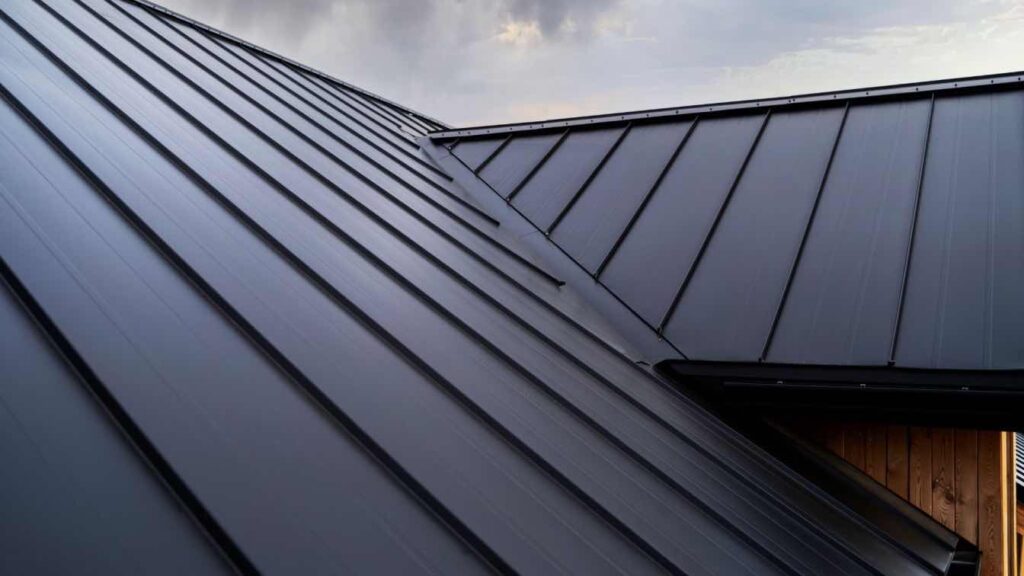
Suitability for Canadian Weather
Metal roofing is particularly well-suited for areas with heavy snowfalls, such as northern and mountainous regions. Its ability to shed snow easily prevents structural damage from excessive snow load. Additionally, its durability makes it a great investment for homes in areas with frequent storms and high winds.
3. Slate Roofing
Slate roofing is a premium option known for its natural beauty and exceptional durability. Slate is a natural stone material that can withstand extreme weather conditions and last for over a century.
Advantages
- Longevity: Slate roofs can last over 100 years with proper maintenance, making them one of the longest-lasting roofing materials available.
- Weather Resistance: Slate is highly resistant to moisture, frost, fire, and wind, making it ideal for Canadian climates.
- Energy Efficiency: Slate provides excellent insulation, helping to keep homes warm in winter and cool in summer.
- Low Maintenance: Slate requires very little maintenance due to its durability and resistance to environmental factors.
Suitability for Canadian Weather
Slate roofing is suitable for regions that experience a wide range of weather conditions, including heavy snow, rain, and freezing temperatures. Its natural resistance to frost and moisture makes it ideal for preventing ice dams and leaks. However, slate is one of the more expensive roofing materials and may not be suitable for homes with limited budgets.
4. Wood Shakes and Shingles
Wood shakes and shingles are a traditional and aesthetically pleasing roofing option, particularly popular in certain parts of Canada for their natural appearance. They are typically made from cedar, redwood, or other durable hardwoods.
Advantages
- Natural Aesthetic: Wood shakes and shingles offer a natural, rustic appearance that enhances the architectural style of many homes.
- Durability: Cedar and redwood shakes are highly resistant to moisture and decay, and when treated properly, they can last up to 30 years or more.
- Insulation: Wood has natural insulating properties, helping to keep homes warm in the winter and cool in the summer.
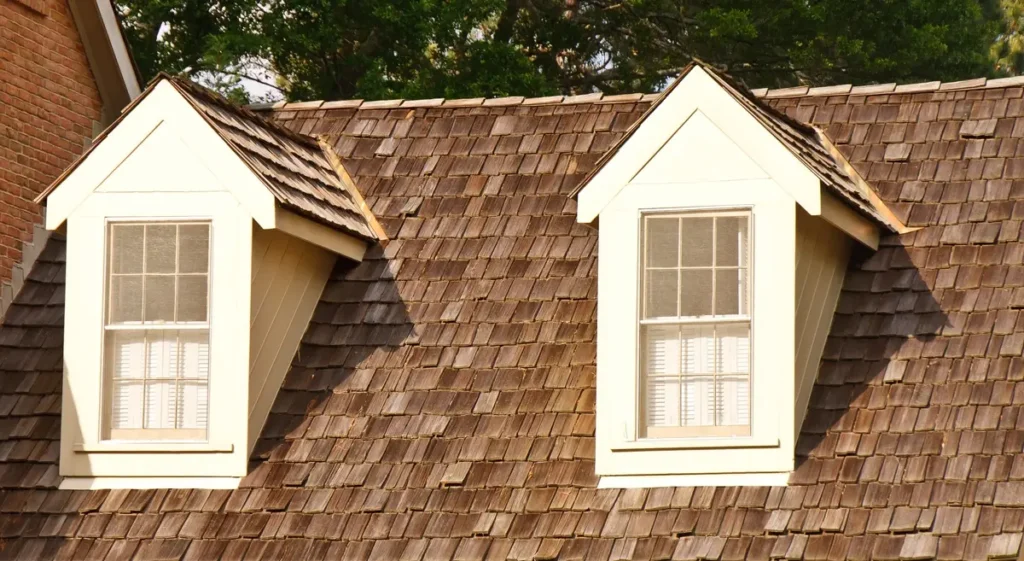
Suitability for Canadian Weather
Wood shakes and shingles are best suited for areas with mild to moderate weather conditions, such as the Pacific Northwest or regions with dry climates. However, in areas with heavy rainfall or frequent snow and ice, wood roofs may require regular maintenance to prevent moisture-related issues like rot or mold growth. In fire-prone areas, wood shakes may also require fire-resistant treatment.
5. Clay and Concrete Tiles
Clay and concrete tiles are durable roofing materials known for their ability to withstand extreme weather conditions, including high winds, rain, and freezing temperatures. They offer a unique aesthetic appeal and are common in southwestern regions and urban environments.
Advantages
- Durability: Clay and concrete tiles are extremely durable and can last 50 years or more with proper maintenance.
- Fire Resistance: These materials are naturally fire-resistant, offering protection in areas prone to wildfires.
- Weather Resistance: Clay and concrete tiles are highly resistant to wind, rain, and freezing temperatures, making them suitable for a variety of climates.
- Low Maintenance: With their resistance to moisture and fire, clay and concrete tiles require minimal maintenance.
Suitability for Canadian Weather
Clay and concrete tiles are a good option for areas with moderate to heavy precipitation and high winds, such as coastal regions. However, these tiles can be heavy, so they may require reinforced roof structures to support their weight, making them less suitable for older homes or buildings with weaker frames.
6. Synthetic Roofing Materials
Synthetic roofing materials, such as rubber or composite shingles, mimic the appearance of traditional materials like slate or wood but offer enhanced durability and weather resistance.
Advantages
- Durability: Synthetic roofing materials are designed to resist cracking, warping, and impact, making them ideal for areas with severe weather conditions.
- Lightweight: Synthetic materials are often lighter than natural materials like slate or concrete, reducing the structural demands on the home.
- Cost-Effective: Synthetic materials offer the aesthetic appeal of premium materials like slate or wood at a fraction of the cost.
- Weather Resistance: These materials are engineered to withstand harsh weather conditions, including high winds, heavy rain, and snow.
Suitability for Canadian Weather
Synthetic roofing materials are well-suited for a variety of Canadian climates, including areas prone to heavy snowfall and high winds. They offer a balance between durability and affordability, making them an attractive option for homeowners who want the look of traditional materials without the high maintenance costs.
Conclusion
Choosing the right roofing material for Canadian weather conditions requires careful consideration of the local climate, durability, and maintenance needs. For regions with heavy snow and cold winters, materials like metal and slate provide exceptional durability and weather resistance. In areas with milder climates, asphalt shingles or synthetic materials offer a cost-effective solution. Regardless of the material chosen, proper installation and maintenance are key to ensuring that the roof can withstand the challenges posed by Canada’s extreme and varied weather conditions, providing long-term protection and energy efficiency for the home.

